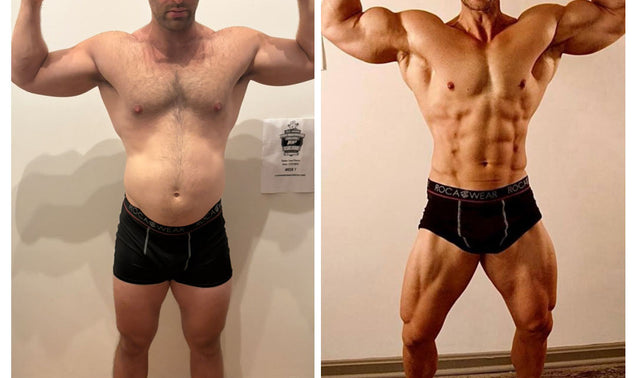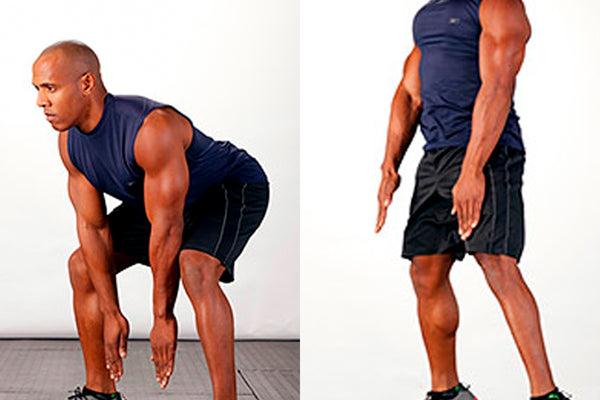One can train for power and one can train for strength. These two attributes are often confused with one another and are thought as interchangeable. This is not the case. Yes, when a person develops strength they in return can develop more power and the same goes for those who trains for power they will indirectly develop strength. But it should be known that each is its own entity and if you wish to develop true power and true strength, training for each is imperative.
Deadlifts are known for their ability to build strength. The movement itself involves raw pulling power when pulling a heavy load of weight. In this movement and motion, a sense of power is needed and developed, but nothing to where it could help improve overall power in the body. Powerful movements are those that entail a sense of explosiveness. Sprinting and jumping are explosive movements.
So, one can easily determine and say that deadlifting 600 pounds is a true feat of strength, but it will not necessarily identify you as a fast runner or high jumper.
In time, many things evolve, including training techniques. The squat was seen as the awesome movement to perform for football players such as lineman and running backs. This was to develop strength in their legs. Football is also (like many sports) a sport of power. So, came along the jump squat. A movement that took a strength-based exercise (squat) and incorporated a power-based move (jumping). What athletes started to notice was not only some strength gains, but that the jumps became higher and running became more explosive.
So, with the success of the jump squat, someone decides to do the same with a deadlift. Deadlifts in the regular fashion involves a lot more muscles than a squat. By incorporating a jump to the deadlift, not just the legs are primarily being affected but the entire body as well.
Please note that deadlift jumps (just like a jump squat), need to be performed carefully and weight is not the primary objective. When training for explosiveness and power, the movement and speed are more critical than the resistance, even though having resistance is important.
A deadlift jump is easier to perform with dumbbells as opposed to a barbell. Having the weight to your side as opposed to the front will take the strain off the lower back, especially upon landing.
Get in a regular deadlift set up with a weight you can handle and get your feet to leave the ground. Exploding upward in a regular deadlift fashion, propel yourself off the ground and land softly, slightly bending the knees to take impact off the lower back.
If you thought deadlifts were exhausting before, adding a jump movement to the rep will really get you whipped. And deadlift jumps are amazing for the calves as well since you are coming up off the balls of your feet to jump, as opposed to keeping your feet flat throughout the rep.
Deadlift jumps should only be performed no more than twice a week. Doing 2-3 sets of 6-8 explosive reps are a great blueprint to get going on this amazing exercise.






